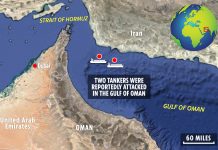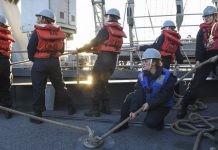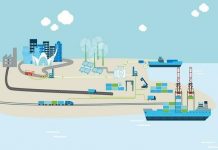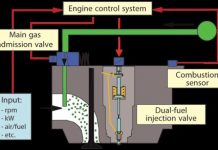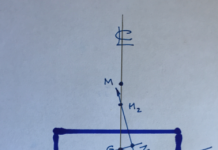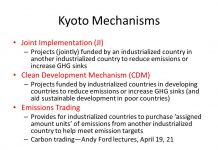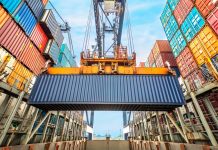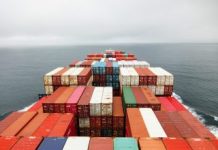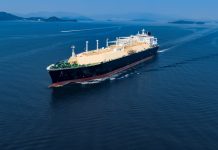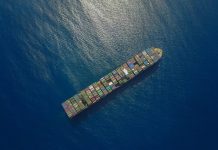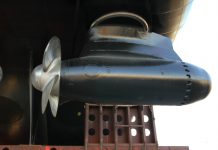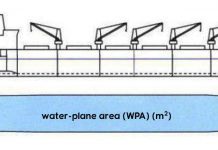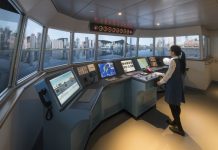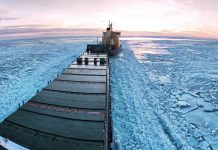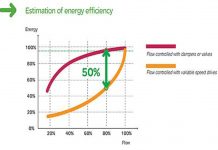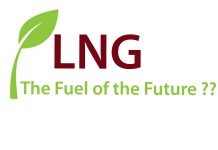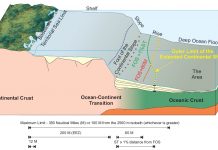SHIP ENERGY EFFICIENCY
Almost 90% of world trade is carried by approximately 90000 ships through sea routes. Just like other modes of transportation which uses fossil fuels,...
ELECTRIC PROPULSION SYSTEM FOR SHIPS
In order to meet the challenge of high operating cost and marine pollution, ships propulsion system have changed from conventional power system to electric...
TPC (TONNAGE PER CENTIMETER)
It is the required tonnes to cause the ship sink or rise by one centimeter (1cm) from any mean Draught.
As per the definition of...
AUTO PILOT
In the early days of the marine industry, the vessels required the continuous attention of seamen to sail safely. As ship range increased, allowing...
EEDI
Regulation 20
Attained Energy Efficiency Design Index
The actual EEDI of a vessel is called the attained EEDI and its calculated based on guideline published by...
The Working Principle of Variable Frequency Drives
As per recent energy report, 60 percent of the power produced on board ship is used to operate motors pumps. These pumps are controlled...
5 REASONS WHY LNG ?
Up to 90% reduction of NOx is achievable.
100% reduction in Sox emitted.
Higher calorific value than fuel oil with about 20% reduction...
Extension of the continental shelf and natural resources – An overview
By Rajiv Kumar Singh
Principal, Aims Maritime Academy
Definition of continental shelf as per UNCLOS III 1982:
Article 76 of UNCLOS gives the definition of continental shelf....





